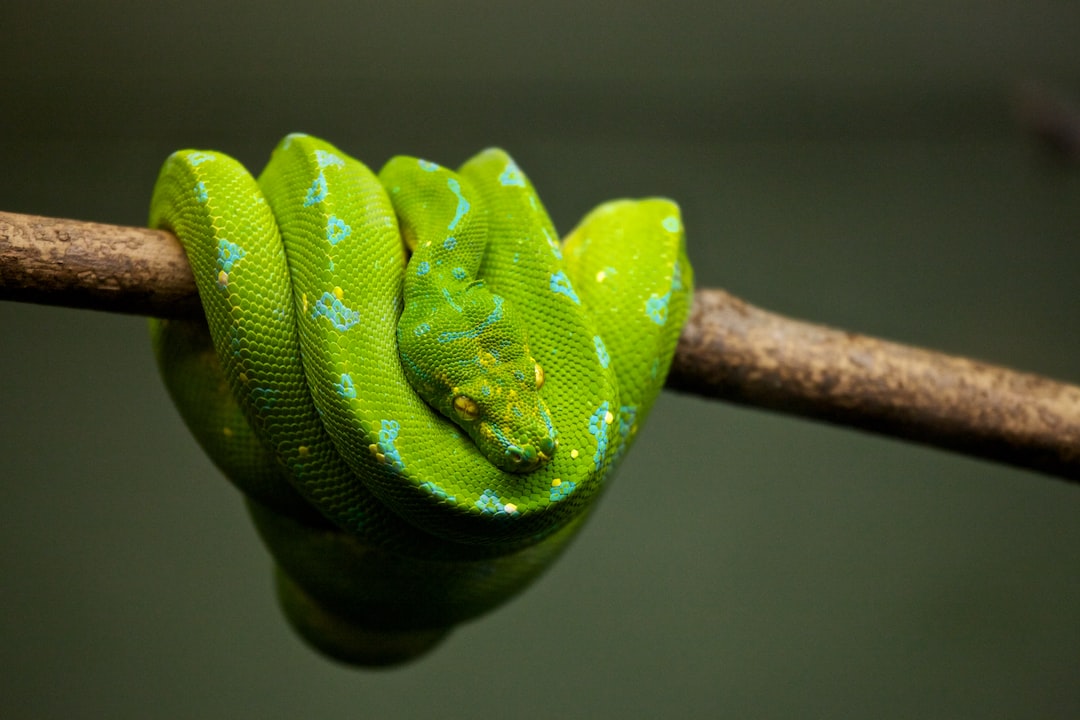Understanding the Unique Hunting Techniques of Big Cats
Big cats, the apex predators of the animal kingdom, have fascinated us since time immemorial. With their graceful movements, powerful physique, and stealthy approach, they have perfected the art of hunting. From the regal lion to the elusive leopard, each species showcases unique techniques that allow them to survive in the wild. In this blog post, we will delve into the world of big cats and explore their remarkable hunting techniques.
One of the most famous big cats, the lion, is renowned for its cooperative hunting strategy. Unlike solitary hunters, lions form prides consisting of related females, their offspring, and a few adult males. This social structure contributes to their success in capturing prey. When hunting, lions utilize a combination of stalking, sprinting, and joint effort. The females, who are typically faster and more agile, team up to ambush their chosen target. They silently creep towards their prey, hiding in the tall grass, and once in range, they launch a synchronized attack. This intimidation technique usually separates the targeted animal from the rest of the group, allowing the lionesses to take it down swiftly. The presence of the male lions ensures the protection of the pride and the successful capture of larger prey.
The leopard, on the other hand, relies heavily on its incredible agility and unmatched stealth. Known as the master of camouflage, leopards possess a unique ability to blend into their surroundings. Their rosette-spotted fur, which mimics the dappled sunlight streaming through the foliage, allows them to remain invisible until striking. Leopards primarily hunt at night, taking advantage of the cover darkness provides. Their hunting technique involves stalking from a close distance, with a low body posture and cautious movements. Employing their sharp claws, they pounce on their unsuspecting prey in an instant, delivering a lethal bite to the neck. Unlike lions, leopards are solitary hunters. Their smaller size and solitary nature make them excellent climbers, often dragging their prey to the safety of a tree to avoid competition from other predators.
Moving on to the graceful cheetah, it is the fastest land animal, capable of reaching astonishing speeds of up to 60 miles per hour in just a few seconds. This incredible speed is the key to their hunting technique. Cheetahs rely on their exceptional acceleration and agility to outrun their prey. During a chase, they maneuver with exceptional precision, utilizing their long, slender body and non-retractable claws for traction. While their speed is their greatest strength, it is also their biggest limitation. The energy exerted in such rapid bursts of speed can only be maintained for a short duration. Therefore, cheetahs rely on the element of surprise, launching themselves as close as possible to their prey before resorting to full speed. Once they reach their target, they use their forepaws to trip the animal, quickly delivering a suffocating bite to the throat.
Tigers, the largest of the big cats, have developed unique techniques to suit their size and strength. They are adept at stalking their prey, relying on their distinctive coat pattern to blend into tall grass or dense vegetation. Tigers are known for their patience, often waiting for extended periods before making their move. Their ambush technique involves silently approaching their chosen prey and launching a sudden attack, employing their powerful forelimbs to subdue it. Unlike other big cats, tigers excel in swimming and are capable of hunting in water, making them versatile predators.
In conclusion, the hunting techniques employed by big cats are a testament to their incredible adaptability and survival instincts. From the cooperative strategy of lions to the stealth and agility of leopards, each species has developed its unique approach over centuries of evolution. These hunting techniques not only ensure their survival but also remind us of the awe-inspiring beauty of the animal kingdom.
